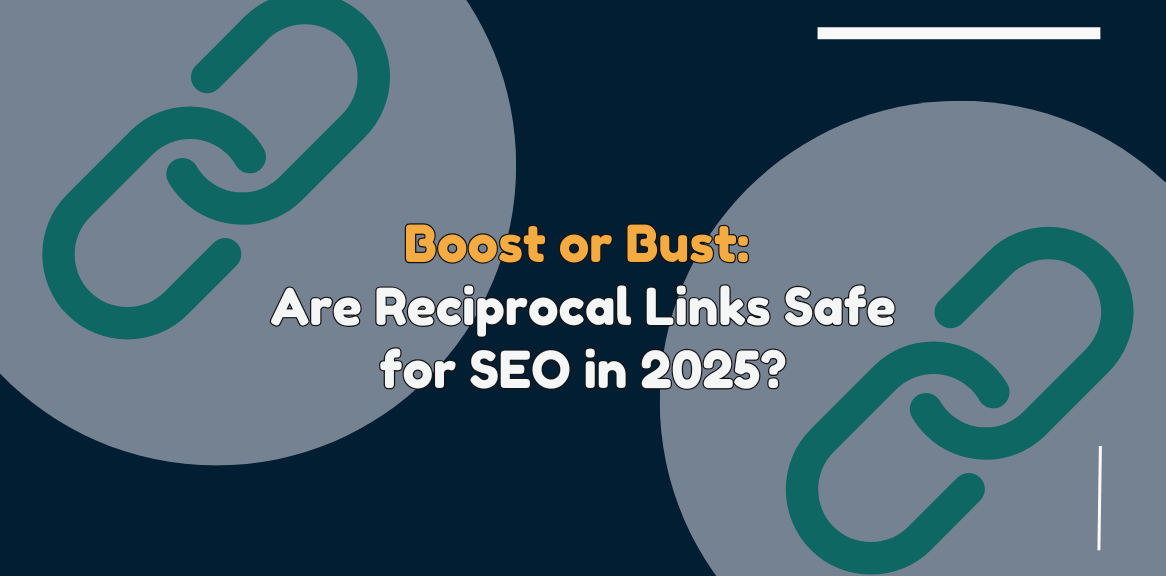Google Cache and SEO: How Cached Pages Affect Your Rankings
Navigating SEO circles probably has you fixated on strategies involving keywords and backlinks, whilst obsessing over page speed or content quality. Beneath the surface, a potent diagnostic gizmo lies largely overlooked, namely Google Cache. It provides a critical glimpse into Google’s perception of your site, which can drastically make or utterly break your online visibility. You’ve overhauled your site with fresh content and new pages and squashed old link issues, but Google Search stubbornly stays unimpressed.
Your rankings have plateaued or are plummeting precipitously downwards. Something weird is unfolding suddenly now. Google’s cached version of your pages might just hold the key quietly in some dusty corner of their massive database. Google last saw this gnarly snapshot when crawling your site pretty recently. Outdated or woefully incomplete views can thoroughly debilitate your SEO efforts, thereby holding them squarely hostage in a rut.
We’ll thoroughly demystify Google Cache and its mystique surrounding functionality and relevance quite liberally for your benefit. You’ll learn how to access cached pages rapidly, interpret weird stuff you see there, and respond quickly to fairly common tech issues.
Cached data becomes a crucial asset for SEO strategy, whether you’re running a business or wielding technical wizardry. That’s why partnering with SEO experts in York can provide critical insight through tools like Google Cache, helping you stay ahead in the game.
What Is Google Cache?
Google Cache stores a webpage version saved by Google’s bots during their last crawl of your site, which was quite recently. It acts as an ephemeral safety net for content snapshots frozen vividly at some arbitrary point in the past.
Users can still stumble upon a cached version of your website when it becomes woefully unavailable temporarily, and Google itself finds it. There’s more lurking beneath surface level than merely redundant safeguard functionality. Cached pages serve as a resource for search engines, like Google, helping decide what a page entails and its freshness.
How Does Google Cache Work?
Googlebot visits a website and reads the page HTML and other resources very quickly and with considerable ease. It stores data on Google’s servers, thereby creating a cached version of the page known as a cache.
Cached copies remain tethered rather obscurely to crawl dates and times, and users can access them via pretty specific, unconventional methods. Google doesn’t cache each page; it crawls extensively for various obscure reasons, sometimes related to server resource allocation and data redundancy issues.
Pages blocked by robots.txt or bearing a noarchive tag might be skipped alongside duplicate pages deemed low in value. Most publicly available web pages considered and useful by Google will generally have a cached copy stored somewhere.
How to View Google’s Cached Version of a Page?
Retrieving cached pages can be done straightforwardly via the usual browser menus.
Three primary methods exist.
1. Via Google Search Results
Look up the page on Google quickly now. Click the small dropdown arrow or the three-dot icon beside the URL and select “Cached” – Google shows the latest stored version quickly now.
2. Using the Cache Operator
Type this into the search bar directly and access the cached page quickly.
Cache: yourwebsite.com/page-url
Put the actual domain and URL in place.
3. Through SEO Tools
Ahrefs and Moz, alongside Screaming Frog, offer options for previewing cached versions or logging them fairly quickly nowadays. These are vital tools included in most robust SEO services for competitive monitoring.
What Are the Different Cached Views?
Google often presents stuff in three wildly different formats upon displaying cached pages from its vast index, somehow.
- Full Version: This resembles what a typical user would see.
- Text-Only Version: Displays just the HTML text, excluding images and styling. This is especially useful for assessing how Googlebot reads your content.
- Source Code View: Let’s developers analyze the raw HTML that was cached.
Each version serves some unique diagnostic purpose and helps determine whether core content remains visible or stays thoroughly crawlable.
Why Do Cached Pages Matter in SEO?
Caching indirectly betrays quite a lot about SEO health, albeit not being a direct ranking signal in search engine algorithms. Frequent caching of your page typically indicates Google crawls it often, considering it quite relevant or fairly authoritative nowadays.
A stale or missing cache could conversely signify Google’s algorithms aren’t prioritizing the page highly or at all, evidently nowadays. Cached versions help verify if Google has recognized your latest content updates or SEO tweaks pretty quickly nowadays online.
When combined with a broader SEO analysis service, reviewing cache data can uncover crawl issues, content mismatches, or under-indexed updates that affect visibility.
Common SEO Insights Gained from Cached Pages
Missing key text or images and structured data can result in your SEO value not being fully captured, sometimes obviously. This might precipitously plummet rankings even if your live webpage appears squeaky clean for users.
1. Crawlability Check
Missing vital content, especially in text-only versions from cached view, likely means Googlebot struggles accessing or interpreting such content properly. Critical data gets obscured pretty frequently behind JavaScript or AJAX rendering somehow.
2. Update Frequency
Checking the cache date lets you guesstimate the frequency of Google crawling your webpage pretty roughly over varying periods. Frequent crawling happens alongside recaching, which looks pretty good and suggests your site gets viewed as very active.
3. Content Verification
Cached pages effectively serve as a somewhat obscure time capsule, preserving older content rapidly. Verifying recent edits, title changes, or meta updates with current live pages helps determine whether Google has picked up changes correctly now.
4. Error Diagnosis
Cached pages sometimes show gnarly layouts or super outdated plugins and scripts lurking in the background quietly still. Indicators like these prove super useful when debugging UX problems that royally screw both humans and automated bots over time.
Does Google Cache = Indexing?
Caching doesn’t necessarily prove indexing has occurred, and the absence of a cached page doesn’t mean it isn’t indexed. That notion doesn’t invariably hold water. Pages get indexed sans caching, particularly when noarchive tags effectively block caching mechanisms from storing copies.
A cached page doesn’t necessarily ensure super strong search visibility always or even most times under various circumstances. Consistent caching signals that content remains accessible and crawlable, largely unfettered by technical glitches or stringent algorithmic screens.
Can You Force Google to Cache Your Page?
Instantly triggering Google caching or recaching a page isn’t guaranteed, but good SEO practices can significantly sway the likelihood.
Frequently updating content and improving internal links is effective, and submitting sitemaps or utilizing Google Search Console’s Request Indexing tool also works remarkably well.
Avoid using noarchive tags or a misconfigured robots.txt file, as this can discourage caching altogether rather effectively in many situations, obviously.
What If My Page Isn’t Cached?
Diagnosing should start swiftly if a crucial blog post or key landing page fails to appear in the cache, so that panic can be avoided. Verify whether a page has been indexed using Google Search Console’s wonky URL Inspection Tool pretty quickly.
Check for crawl errors, rendering issues, and metadata tags that might be hindering archival quite badly in various obscure situations. Refresh your sitemap vigorously and request reindexing if necessary right now.
Pages lacking value or loading slowly may be deprioritized for caching, and poorly linked ones often get relegated. Enhancing content quality rather thoroughly resolves such issues gradually over a considerable period, sometimes.
Advanced Tip: Use Cached Pages for Competitive Analysis
Google Cache serves purposes beyond just indexing your website, occasionally for many online users and web admins alike. Cached versions of competitor pages can be checked pretty quickly nowadays for various obscure reasons or to gain clandestine insights.
- Scrutinize content updates closely and review alterations in headlines or CTAs and structure simultaneously, perhaps daily or weekly.
- Google re-caches their content with varying frequency, which hints subtly at evolving authority.
- Observe this reaching frequency meticulously over time.
This kind of benchmarking can give your strategy a powerful edge, and tools like social media marketing can amplify the impact once your SEO foundation is strong.
Conclusion
Google Cache may not be glamorous, but it’s pretty essential for conducting somewhat deep technical SEO analysis nowadays. It offers an unfiltered glimpse into Googlebot’s perception of your website, highlighting what remains crawlable whilst others get ignored and updates get registered somehow.
Skilled marketers wield cached data like a prescient guide, utterly transforming it into a cryptic blueprint for relentless improvement and obscure refinement. At Eco York, we uncover overlooked technical SEO opportunities that make a measurable impact. Connect with us today to optimize your site for both search engines and users.






